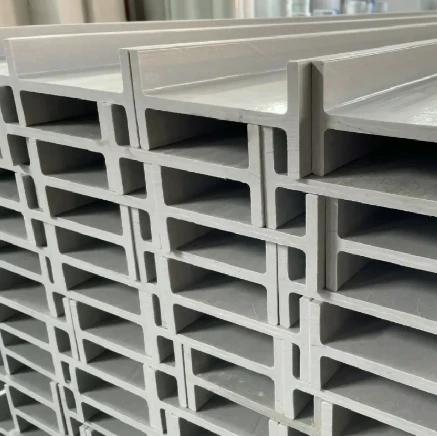loading...
- No. 9, Xingyuan South Street, Dongwaihuan Road, Zaoqiang County, Hengshui, Hebei, China
- admin@zjcomposites.com
- +86 15097380338
- Welcome to visit our website!
Fiberglass Pultruded Grating for Durable and Lightweight Industrial Applications
Fiberglass pultruded grating is becoming increasingly popular in various industries due to its unique combination of properties. This type of grating is manufactured through a continuous pultrusion process where glass fibers are pulled through a resin bath and then shaped into grating panels. The result is a lightweight, durable, and corrosion-resistant product that has a wide range of applications.
One of the most significant advantages of fiberglass pultruded grating is its resistance to corrosion. Unlike traditional metal grating, which can rust and degrade over time when exposed to moisture or harsh chemicals, fiberglass grating remains stable and intact even in the most demanding environments. This property makes it an ideal choice for industries such as wastewater treatment, chemical processing, and marine applications, where exposure to corrosive elements is a daily concern.
In addition to its corrosion resistance, fiberglass pultruded grating offers excellent strength-to-weight ratios. It is significantly lighter than steel yet can support heavy loads, making it easier to handle and install. This characteristic not only reduces installation costs but also lowers transportation expenses, providing an economical solution for large projects.
Fiberglass grating also provides superior slip resistance and is available in various surface textures to enhance safety. This is particularly important in environments where spills or wet conditions could lead to accidents. Many manufacturers offer a variety of colors and finishes, allowing for customization that meets both aesthetic and safety requirements.
fiberglass pultruded grating

Moreover, fiberglass pultruded grating is non-conductive and does not produce sparks, making it suitable for use in electrical and explosive environments
. This feature adds another layer of safety, particularly in industrial settings where flammable substances are present.Environmental sustainability is yet another aspect to consider. Many modern fiberglass pultruded gratings are produced using eco-friendly resins and processes, which appeal to companies looking to minimize their environmental footprint. The longevity and durability of this material mean fewer replacements and reduced waste over time.
In conclusion, fiberglass pultruded grating is a versatile and practical solution for various applications. Its resistance to corrosion, excellent strength-to-weight ratio, slip resistance, non-conductivity, and potential for environmental sustainability make it an optimal choice for industries ranging from construction to manufacturing. As more businesses recognize its benefits, the adoption of fiberglass pultruded grating is likely to continue to grow, offering enhanced safety and efficiency for users across the board.
-
Transform Your Spaces with FRP Grating SolutionsNewsNov.04,2024
-
The Versatility and Strength of FRP RodsNewsNov.04,2024
-
The Excellence of Fiberglass Water TanksNewsNov.04,2024
-
The Benefits of FRP Grating for Your ProjectsNewsNov.04,2024
-
Elevate Your Efficiency with FRP Pressure VesselsNewsNov.04,2024
-
Welcome to the World of FRP Pressure VesselsNewsOct.12,2024
-
Unveiling the Future of Filtration: Why FRP Filter Vessels are a Game ChangerNewsOct.12,2024
